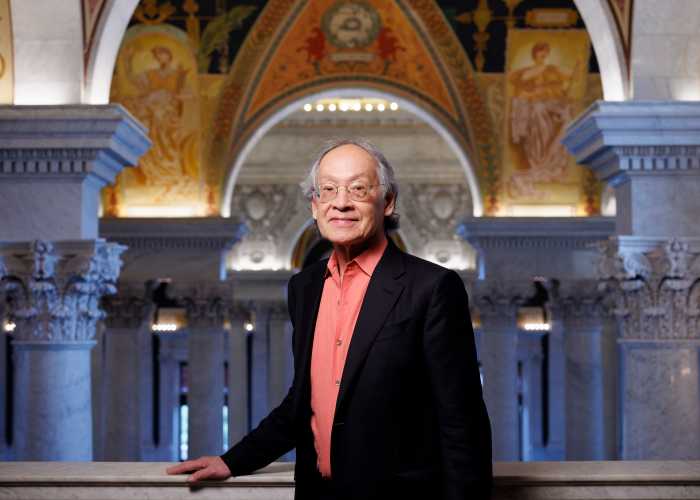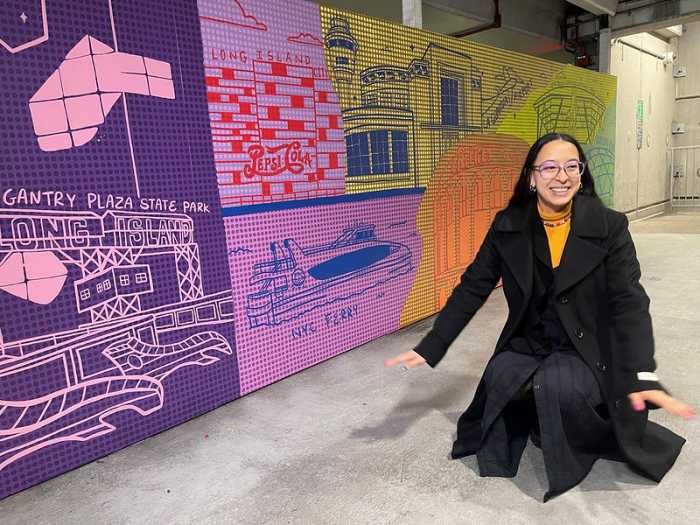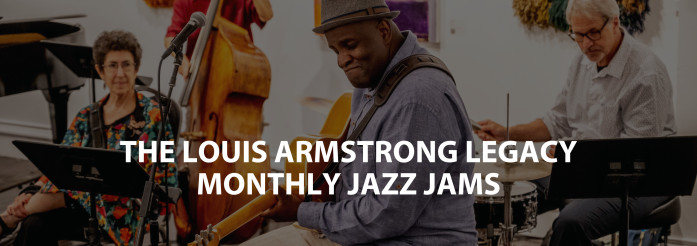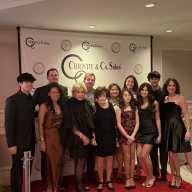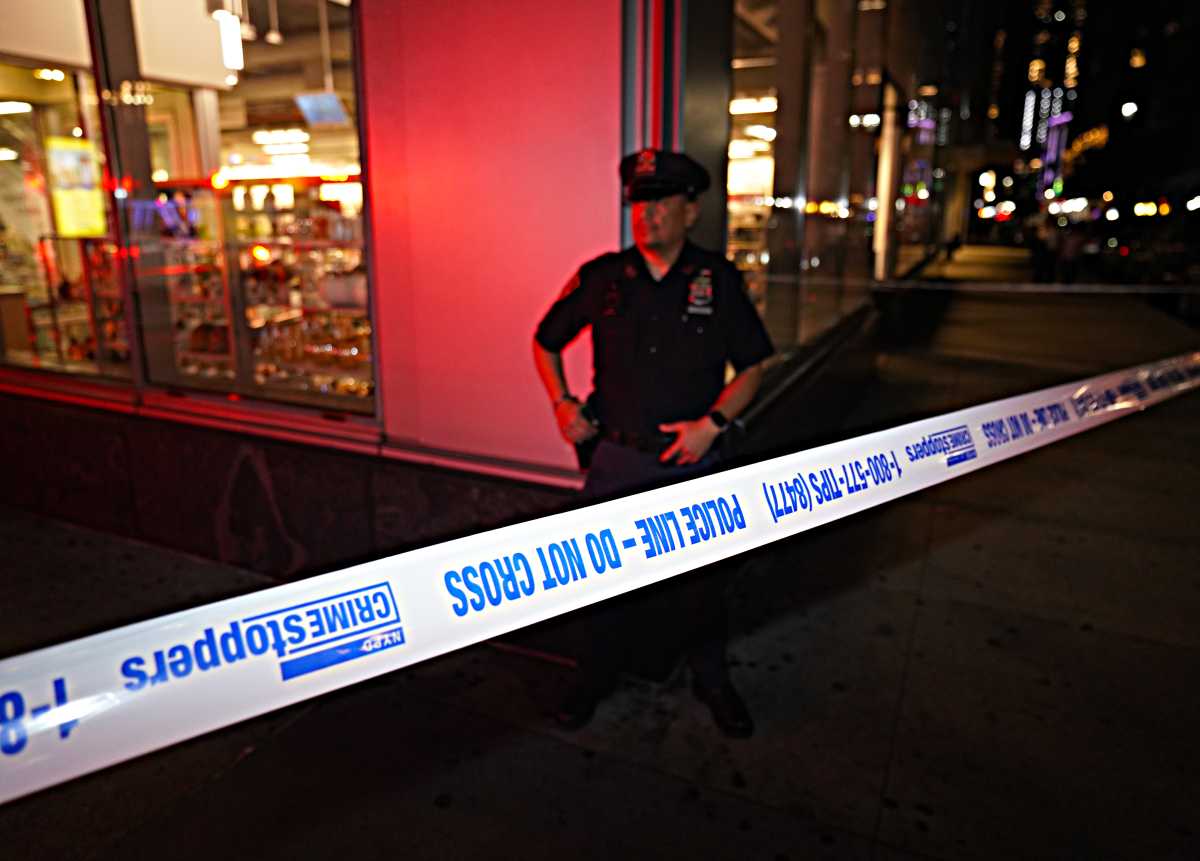7. Sidewalk Clock—Located at 161-11 Jamaica Avenue in Jamaica this historic cast-iron timepiece sits on a the corner of the original site of a former pre-colonial stone church that existed from 1699 to 1813. It was converted into a prison during the American Revolution and features an unusual design incorporating a bell-cast shaped column base and anthemion finial above the dial casing.
6. Poppenhusen Institute—Located at 114-04 14th Road in College Point, the institute housed the first free kindergarten in America and provided the first free evening classes for adults in America. The institute stands at five-stories and was constructed in a stern Victorian style. It was constructed in 1868 with private funds donated by Conrad Poppenhusen, the benefactor of College Point. He began work on the institute on his 50th birthday in 1868, when he provided $100,000 to set up this project as a private educational venture: this venture remains one of the principal features of College Point.
5. Forest Park Carousel—Located in Forest Park in the Woodhaven section of Queens. It was built in 1903 and moved to its present site in 1972 from Dracut, Massachusetts, after the previous carousel was destroyed by fire in 1966. The carousel contains 52 figures, including 36 jumpers, 13 standers, three menagerie figures, and two chariots. It also has its original band organ. It is one of two known surviving carousels built by the Muller brothers. The octagonal, wood-frame pavilion, in which the carousel is housed, was built in 1988 and therefore not considered historic.
4. TWA Flight Center—Designed by renowned Finnish American architect and industrial designer Eero Saarinen, the Center opened in 1962 at New York City’s John F. Kennedy International Airport as the original terminal for Trans World Airlines. Although portions of the original complex have been demolished, the Saarinen-designed head house has been renovated and is partially encircled by a replacement terminal building, which was completed in 2008. Together, the old and new buildings comprise JetBlue Airways JFK operations and are known collectively as Terminal 5 or simply T5. The Port Authority of New York and New Jersey recently announced plans to convert the original head house into a hotel, which will open in 2018.
3. The Queensboro Bridge—Also known as the 59th Street Bridge, this cantilever bridge over the East River was completed in 1909. It connects the neighborhood of Long Island City with Manhattan, passing over Roosevelt Island. In March 2011, the bridge was officially renamed in honor of former New York City mayor, Ed Koch. To comic book aficionados, it is known for being the bridge, off which the Green Goblin hurled Peter Parker love, Gwen Stacy, resulting in her death, in “Amazing Spider-Man” #121.
2. Paramount Studios Complex—Now, the home of Kaufman Studios Astoria, this historic site figured prominently in the history of American filmmaking. The history of movies has its roots in New York City all the way back to the silent era when the studio that would become Kaufman was opened by the legendary Adolph Zukor in 1920, eventually becoming a home for Paramount Pictures, introducing the world to such silver screen, silent era luminaries as W.C. Fields, Rudolph Valentino and Lillian Gish. In recent years, the studio has been the home of such hit films as “Men in Black 3” and television series, such as “Orange Is the New Black.”
1. Rego Park Jewish Center—Built in 1948, this historic synagogue in Rego Park exemplifies Art Deco Streamline Moderne. The facade features a mosaic by Hungarian-born artist A. Raymond Katz. Born in Kassa, Hungary, Katz came to the United States in 1909 and studied at the Art Institute of Chicago and the Chicago Academy of Fine Arts. He was a WPA muralist, illustrator and modernist painter especially known for paintings with Jewish themes and narrative American scene works. In the late 1920s, he worked as a director of the Poster Department at Paramount Studios and was subsequently appointed the Director of Posters for the Chicago Civic Opera in 1930.
The Rego Park Jewish Center is proud to be part of this great legacy since its founding. A traditional Conservative Synagogue, and a member of the United Synagogues, the Center understands as its primary purpose, the preservation and fostering of the time-honored traditions and ceremonies of its people in a spirit of authenticity, intelligence and warmth.









